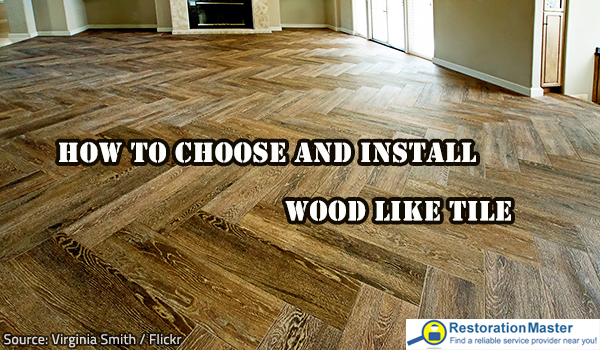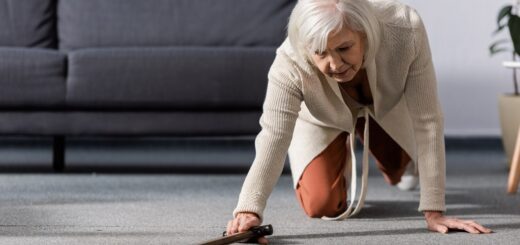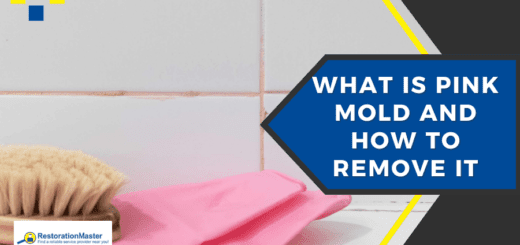How to Clean Mold from a Patio Umbrella
Having a large umbrella on your balcony or patio is wonderful for shielding you from the sun’s harsh rays on sweltering days. Yet, outdoor umbrellas are prone to developing mold and mildew. Luckily, with the right preparationPreparation is the steps taken to ready a property, equipmen... More and tools, cleaning them can be straightforward. This guide will delve into care tips for outdoor umbrellas, methods for removing moldMold is a type of fungus that grows in damp or humid conditi... More, and maintenanceMaintenance is the routine care, inspection, and repair of a... More advice to prevent moldMold is a type of fungus that grows in damp or humid conditi... More and mildewMildew is a type of fungus that grows on damp surfaces, typi... More buildup.
Outdoor Umbrella Care Tips
If you discover moldMold is a type of fungus that grows in damp or humid conditi... More on your outdoor umbrella, it’s crucial to address the issue promptly by employing the right tools and cleaning techniques. MoldMold is a type of fungus that grows in damp or humid conditi... More can not only damage the fabric and appearance of your umbrella but can also pose health risks if not dealt with properly. Using a gentle, effective moldMold is a type of fungus that grows in damp or humid conditi... More remover and following the manufacturer’s instructions for fabric care will ensure your umbrella remains in good condition, free from moldMold is a type of fungus that grows in damp or humid conditi... More and other contaminants.
Here is what you will need:
- Protect your hands with gloves
- Always work in a well-ventilated area
- Use vinegar and baking soda
- Use a soft bristle brush
- Let the umbrella dry in direct sunlight
- Know the fabric your outdoor umbrella is made of so you can clean it properly
Remove Mold from Outdoor Umbrellas
If you spot moldMold is a type of fungus that grows in damp or humid conditi... More or mildewMildew is a type of fungus that grows on damp surfaces, typi... More forming on your outdoor umbrellas, it’s crucial to address the issue immediately. Allowing it to persist can cause the problem to worsen, spreading further into the fabric and making the cleaning process significantly more challenging. To prevent long-term damage and ensure your umbrellas remain in pristine condition, here are several effective cleaning tips to follow:
Use vinegar
Nothing works better than vinegar when it comes to cleaning mildewMildew is a type of fungus that grows on damp surfaces, typi... More from outdoor umbrellas as it gets deep into the tarp fibers. If the moldMold is a type of fungus that grows in damp or humid conditi... More does not come off with vinegar, you will need to contact professionals to remove the mold for you.
Wear protection while you clean
Exposure to moldMold is a type of fungus that grows in damp or humid conditi... More, whether through inhalation or contact with your skin, can pose serious health risks. It’s crucial to handle moldMold is a type of fungus that grows in damp or humid conditi... More cleanup with care—always wear gloves and ensure the space is well-ventilated. Before starting the removal process, protect your hands, eyes, and mouth. Then, armed with white vinegar, begin the scrubbing process.
Use a soft bristle brush to clean the mold off
To make sure you do not damage the fabric of your outdoor umbrella, use a soft bristle brush. Make sure to coat it with vinegar or another cleaning product. Next, scrub the area briskly in circular motions. Once the moldMold is a type of fungus that grows in damp or humid conditi... More has been worked out, clean the brush and continue using the same motion and clean the whole umbrella with a standard all-purpose cleaner.
Use baking soda
If you have black moldMold is a type of fungus that grows in damp or humid conditi... More on your outdoor umbrella, scrub it with baking soda. Baking soda is a natural exfoliant and will remove tough stains and bad odors without damaging the fabric.
Use bleach and detergent
Most outdoor umbrellas are made of acrylic fabric such as Sunbella and other synthetic materials that are resistant to moldMold is a type of fungus that grows in damp or humid conditi... More and mildewMildew is a type of fungus that grows on damp surfaces, typi... More. However, moldMold is a type of fungus that grows in damp or humid conditi... More can grow on dirt and other substances such as tree sap if it is not removed from the fabric. An easy way to remove mildewMildew is a type of fungus that grows on damp surfaces, typi... More from this fabric is to follow these steps:
- Mix 1 cup bleach and ¼ cup of mild detergent in 1 gallon of water.
- Fill a spray bottle with the solutionA solution is a homogeneous mixture of two or more substance... More and spray the dirty area until it is fully saturated.
- The fabric should soak for at least 15 minutes, then use a spongeA sponge is a porous material used to absorb liquids or clea... More, a clean towel, or a soft-bristle brush to scrub out any stains.
- Finally, rinse the area with clean water and let it dry in the sun.
Dry the area in the sun and keep repeating the process
Placing an outdoor umbrella in the sun acts as a natural disinfectantA disinfectant is a chemical substance used to kill or inact... More, eradicating moldMold is a type of fungus that grows in damp or humid conditi... More bacteria. The sun’s UV rays are effective in removing moldMold is a type of fungus that grows in damp or humid conditi... More and mildewMildew is a type of fungus that grows on damp surfaces, typi... More, which thrive in moist and dark conditions. If the mold-affected area appears significantly lighter than the rest of your umbrella, it’s necessary to clean the entire umbrella thoroughly. Although not always immediately apparent, umbrellas accumulate layers of dust that can alter the fabric’s original appearance and color over time.
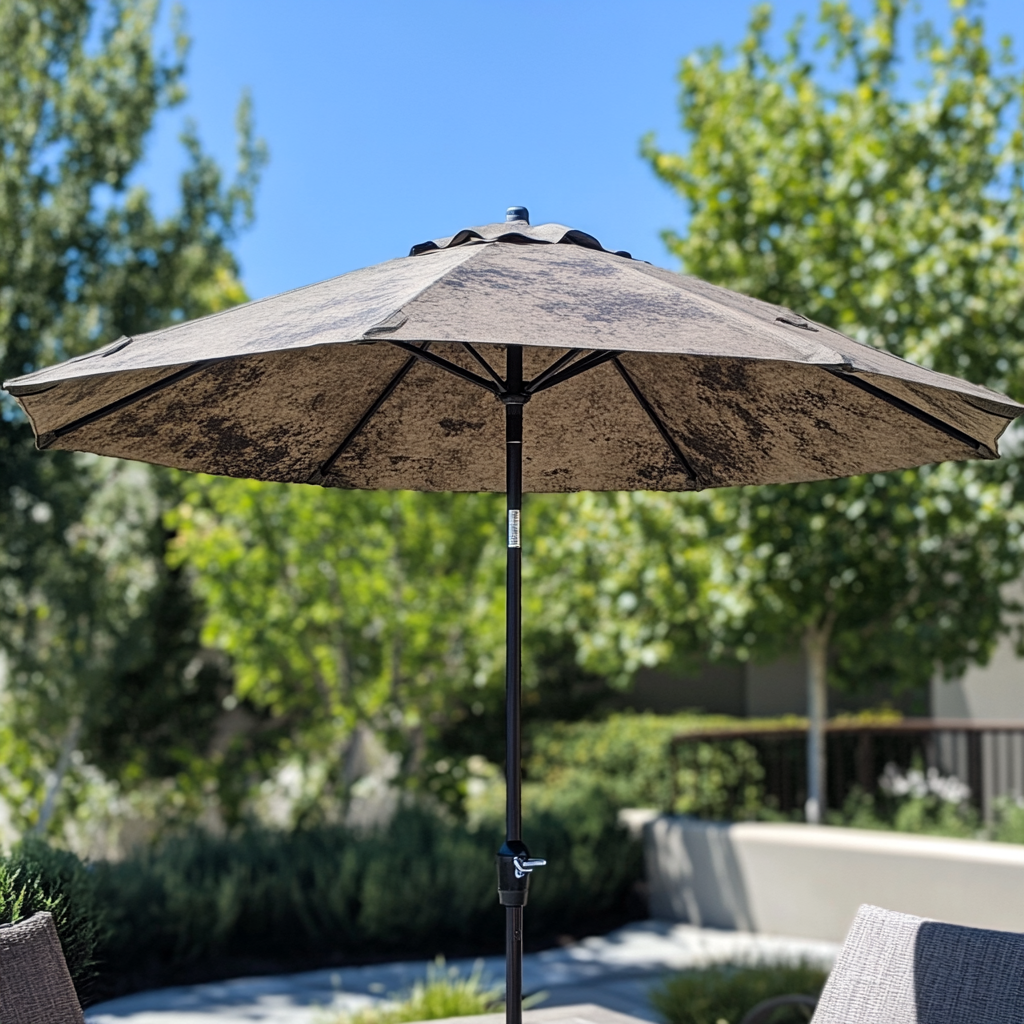
Patio Umbrella Maintenance Tips
After thoroughly cleaning your outdoor umbrella using any of the aforementioned techniques, it’s crucial to follow these tips to significantly extend its lifespan and remain a beautiful look for your patio:
- Store the umbrella indoors anytime you are not using it to keep it protected from the elements.
- If you’d rather keep your umbrella outside for the warm season, make sure to keep it closed while you are not using it. Also, use a slipcover to protect it.
- To protect your outdoor umbrella from stains, remove mildewMildew is a type of fungus that grows on damp surfaces, typi... More or oily tree leaves right away.
- After it rains, make sure that there isn’t water pooling inside the stand. This is especially true if you are using a wood pole umbrella as the moisture can rot the wood.
- If the canopy of your outdoor umbrella has a lot of wear, keep the frame and you may be able to find a replacement canopy for less than it will cost to buy a new umbrella.
Professional Mold Remediation
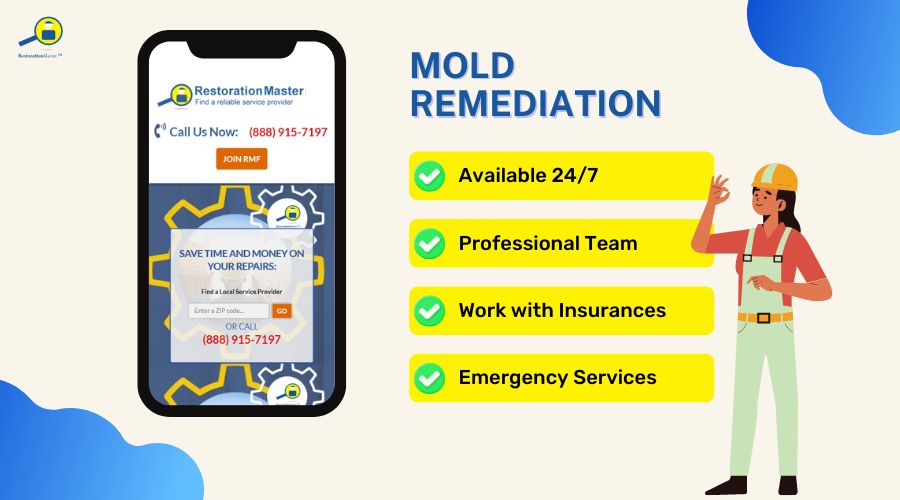
If you encounter moldMold is a type of fungus that grows in damp or humid conditi... More in your home or business, immediate action is crucial to prevent further damage to your property. Employing highly skilled professionals for mold removal services ensures complete eradication of moldMold is a type of fungus that grows in damp or humid conditi... More from your property. They will meticulously clean, sanitize, and restore the area to its original condition. These experts possess the necessary experience and utilize advanced methods and equipment to swiftly and effectively remove all moldMold is a type of fungus that grows in damp or humid conditi... More growth, ensuring it doesn’t return.
Frequently Asked Questions
Q. How to Clean MoldMold is a type of fungus that grows in damp or humid conditi... More off Patio Cushions?
If your patio cushions are affected by moldMold is a type of fungus that grows in damp or humid conditi... More, follow the same cleaning steps as for the umbrella, along with these additional tips:
- Brush Off Loose Dirt: Use a soft-bristle brush or shop vac to clear away surface debris.
- Rinse: Rinse the cushions with a garden hose at medium pressure or under running water in the bathroom, starting from the top and keeping the hose wand at least two feet away.
- Air Dry: Hang the cushions in a shaded area to air dry or lay them on their side with the zipper facing down.
- Rotate: Regularly rotate and flip your cushions during the season to prevent discoloration, dirt buildup, and scuffs in the same areas.
Q. How to Stop MoldMold is a type of fungus that grows in damp or humid conditi... More on Patio?
Here ae some steps you can follow to avoid moldMold is a type of fungus that grows in damp or humid conditi... More on patio:
- Regularly sweep away leaves, dirt, and debris to prevent moisture buildup, which can encourage moldMold is a type of fungus that grows in damp or humid conditi... More growth.
- Clean your patio with a mixture of water and mild detergent.
- Ensure that your patio has proper drainage. Look for areas where water tends to collect and make adjustments to direct it away.
- Applying mold-resistant sealants on patio surfaces can provide an extra layer of protection against moldMold is a type of fungus that grows in damp or humid conditi... More.
- Make sure your patio has good ventilationVentilation is the process of exchanging or circulating air ... More. TrimTrim is the decorative or functional molding used to finish ... More back any overhanging branches or shrubs that block sunlight and airflow.
- When not in use, store your patio furniture in a dry place. If it remains outside, use protective covers to shield it from moisture.










